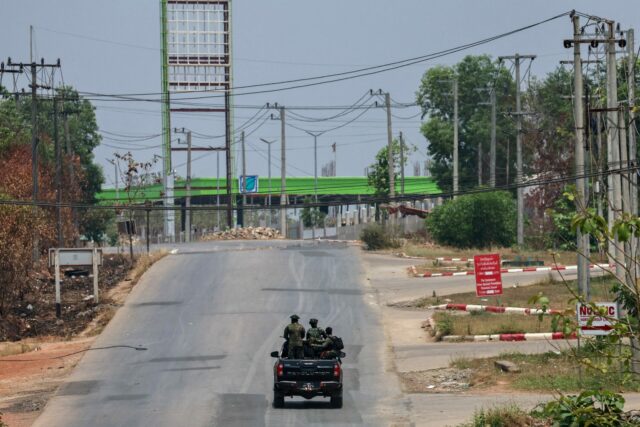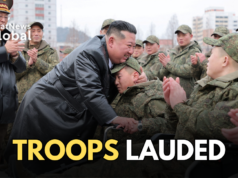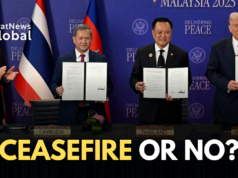Myanmar’s junta has lost control over large amounts of territory including access to much of its international borders. This has allowed ethnic armed groups to expand and consolidate regions under their control.
The country has been in turmoil since February 2021 when the military ousted an elected government led by Nobel Laureate Aung San Suu Kyi. The street demonstrations that followed morphed into an armed resistance movement. This has combined with many of Myanmar’s ethnic rebel armies who are posing a significant challenge to the military.
The junta does not have effective control of Myanmar. The Special Advisory Council for Myanmar (SAC-M). says that it has lost complete authority over townships covering 86% of the country’s territory. This is home to 67% of the population.
The SAC-M, an independent group of international experts set up after the coup, said in a briefing paper the junta had lost control of the country.
“The military junta does not control enough of the territory of Myanmar to uphold the core duties of the state.”
A junta spokesman did not comment.
The military’s growing losses has left junta chief Min Aung Hlaing’s future in serious doubt. However, a report by Crisis Group says his future is in doubt.
“He might thus be able to keep his job, but given the level of discontent, he could nevertheless face a plot to remove him.”
Both reports recommend that neighbouring states, regional blocs and the international community should widen engagement with resistance groups.
With inputs from Reuters
Traveller, bibliophile and wordsmith with a yen for international relations. A journalist and budding author of short fiction, life is a daily struggle to uncover the latest breaking story while attempting to be Hemingway in the self-same time. Focussed especially on Europe and West Asia, discussing Brexit, the Iran crisis and all matters related is a passion that endures to this day. Believes firmly that life without the written word is a life best not lived. That’s me, Ashwin Ahmad.





